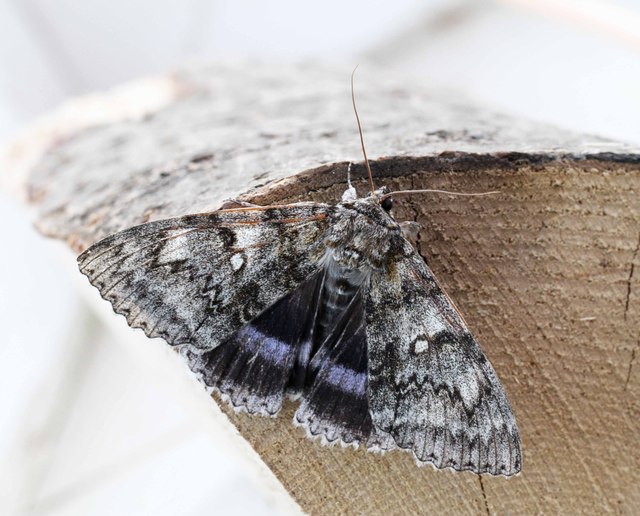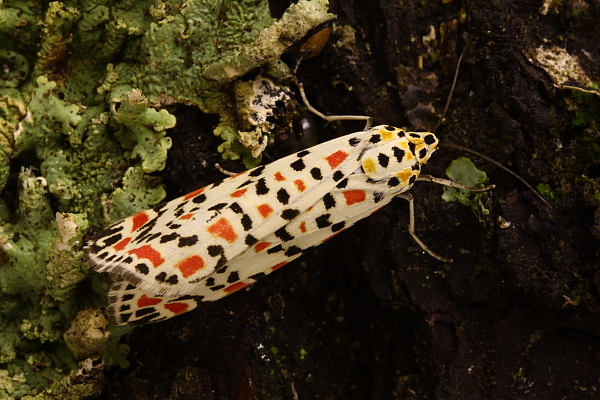Exotic migrants colonise the UK
The Long-tailed Blue, a rare migrant butterfly from Europe, has raised broods at several sites across the south coast of England and very rare migrant moths the Clifden Nonpareil and Rosy Underwing have been seen in increasing numbers in recent weeks across several southern counties. These sightings suggest that all three species may be attempting to colonise southern England, and come as the autumn moth migration gets into full swing bringing rarities such as the Crimson Speckled and the Vestal to our shores from Southern Europe.
Long-tailed Blues migrated to the south coast in August and in the last fortnight the first home-grown British adults have emerged, with the butterflies seen at sites including Dover and Margate in Kent, Newhaven in Sussex, and a site in Wiltshire. The butterfly has bred in the UK on a handful of occasions before, but this summer is the first time the Long-tailed Blue has raised young over such a considerable area.

Long-tailed Blue, Kingsdown, Kent (Photo: Iain H. Leach)
Dramatic-looking continental moths are also believed to be colonising the UK, with recent multiple sightings of the beautiful Clifden Nonpareil in Dorset, Hampshire and Sussex. The Clifden Nonpareil is the largest and most magnificent of the underwing moths, a group that sport vivid underwing flashes they use to ward off predators. The moth, which boasts a striking blue wing flash, was first recorded in Clifden, Buckinghamshire. There has also been a recent increase in sightings of the very rare migrant the Rosy Underwing. Before this summer, this large moth has only been seen on 10 occasions in Britain. The latest sightings raise the tantalising prospect that the moth is now locally resident.

Clifden Nonpareil, Wareham Forest, Dorset (Photo: Roger Wasley)
Butterfly Conservation Surveys Manager Richard Fox said: "These sightings are very exciting news, not only for the people lucky enough to see these thrilling butterflies and moths in the wild, but also for the future. The hot summer enabled Long-tailed Blues and other migratory butterflies to spread northwards into Britain, capitalising on opportunities to breed here while the weather remains warm. This species probably won't survive the forthcoming winter, but it seems likely that the stunning Clifden Nonpareil and possible even the Rosy Underwing, have already established footholds in southern England."
Dorset County Moth Recorder Les Hill has seen three separate Clifden Nonpareil moths in the past two weeks in the same part of south Dorset. He said: "Clifden Nonpareil is one of the most charismatic of British moth fauna and is on every moth recorders' 'wish list'. As the name nonpareil states, it is peerless and has no equal. To record one in a lifetime is the fulfilment of an ambition; to record them every year in my garden is just remarkable."
The traditional autumn moth migration is now well underway, with the largest number of Vestal moths entering the UK for half a century. The delicately patterned Vestal is typically found in North Africa and Southern Europe but this autumn has been found as far north as Scotland and Northern Ireland. Higher-than-average numbers of the exotic Crimson Speckled moth, which is usually found in north Africa and southern Europe, have also been recorded along the south coast.

Crimson Speckled, St. Just, Cornwall (Photo: Chris Griffin)

